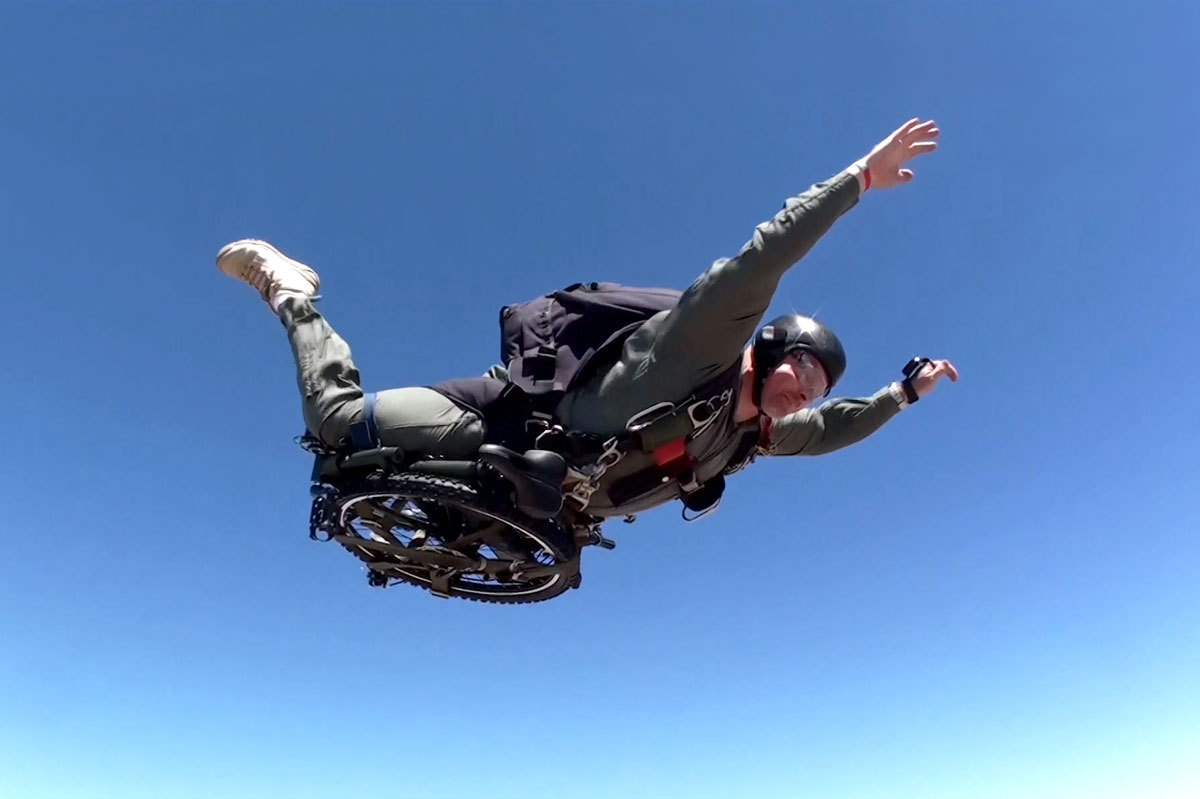Abstract
Bicycles have been used in airborne operations since ww2 and have been critical in enabling rapid movement without the complexity of fully mechanized transportation. Since their introduction over 80 years ago, there hasn't been much integration with modern bicycle technology and smart systems. Combining the proven frame designs of the past with advanced materials, modern motor and battery technologies as well as smart systems will change the way operations are conducted by enabling operators to go further and faster than ever before.
Problem Statement
Operators are looking for a way to extend their mobility, and bikes have been the answer for many years. Many proposed designs have tried to integrate combustion engines making the bike more like a motorcycle, but these designs did not meet the noise and weight requirements needed by special forces. Electric motors were also tested but failed due to a lack of range. The problem that our team faces is creating a lightweight yet powerful propulsion system for a bicycle that needs to carry large loads over long distances. Not only does the design need to meet those requirements but it also must be reliable enough such that operators can depend on their bikes when they are most needed.
Proposal
Frame:
Currently most major bicycle manufacturers use either aluminum alloys or carbon fiber composites for their frame materials, but there are very few companies who have experimented with more exotic materials such as titanium alloys. This material, while expensive, is an excellent choice for building an extremely strong, light weight, and corrosion resistant bike frame. The frame must also have a mechanism to break it apart such that it is small enough be carried while jumping from a plane. Previous designs have used a pivoting/folding frame, but these designs make it impossible to use a double triangle frame design. One solution to this problem is having the down tube and top tubes joined with a coupler mechanism. This can be unscrewed to enable the bike to split into two halves and then folded together to make it much easier to carry. This idea was inspired from Seven Cycles Airheart model of travel bikes.
Suspension:
As any mountain bike rider will tell you, suspension is everything. Balancing the comfort and stability of bike with weight and complexity is an extremely important consideration when designing a suspension system. Most high end mountain bikes use a full suspension system, but they are more suited to light bikes designed to tackle tough technical terrains. The loads that the bike will need to carry would make a full suspension system less useful plus the operators won't need to go through steep rock gardens. A hardtail type system can preform just as well as a full suspension design, and is better suited for heavier loads and higher speeds. This is why the design will use a single 140mm travel suspension fork.
Drivetrain/Motor:
The most important component of the drivetrain for an e-bike is the motor. There are two major motor designs, hub motors and mid drive motors. Hub motors are placed in the wheel hubs of the bike, and with the help a gear reduction provide direct power to the wheels. This technology has been around for almost 30 years and can be seen in the M-313/M-750X, also known as the Tialforce electric bicycle, which was a previous attempt at a jumpable ebike that used hub motors, but failed due to lacking the required range the the USMC needed. Mid drive motors are placed in the bottom bracket of the bike and add power directly to the crankset. This enables the motor to use the bikes own gearing in combination with the motor's internal gearing gearing to get more flexibility with the torque of the motor. Motors tend to heat up when spinning at low RPMs and taking high current. Hub drive motors are prone to burning out because of this effect, but when using a mid drive the user can change the gearing to prevent this. Mid drive motors have been slowly replacing hub drive motors because of their added efficiency, range, and reliability. One downside to a mid drive motor is that they must use a hybrid type drive, meaning that the a traditional bike drivetrain is still required. Some recent advancements have been made in Free Drive systems, which could be another potential solution.
User Interface/Battery Management:
The battery system will be different from what many current designs use. Rather than having the batteries being fixed to the bike, they will be placed in pouches that attach to the bike like a pannier Bag. This will give the operator much more control over the weight distribution on the bike as well as the ability to have different battery setups depending on the mission. The batteries will connect to a central battery management board. This system should enable the operators to spend less time worrying about the range of their bikes, and more time working on the mission.
Another important component of the bike will be its user interface system. This will be an ATAK or similar device that is mounted on the handlebards of the bike. It will be connected to the battery management system and will display in real time the sensor data of the bike. The ability to have others see this data is also important because it will enable better route planning to ensure that the squad doesn't get stranded without battery power, or leave one squad member behind because they ran out of battery too quickly.
Challenges and Unknowns
- Designing a join/coupling system that is easy to use, reliable and strong
- The strength of titanium is much greater than aluminum, so the frame design might take a different form than what similar designs use. This might mean that the frame tubes could be smaller or thinner making the bike more portable.
- A good question that still needs to be answered is whether the bike going to used mostly for cargo transit or troop movements. Depending on the use case the design will have to change to either increase storage space and range, or reduce weight and increase speed.
**Updates**
14 OCTOBER:
Revised the proposal and added challenges and unknowns
16 OCTOBER:
Added group me link

 OUSD Research and Engineering
OUSD Research and Engineering  West Point
West Point
Comments
tommy.sebastian | 14 October 2021
Particularly for titanium…
Particularly for titanium-based solutions, there will need to be some thought given to coupling the frame together such that cross-threading risk is minimized (considering the conditions the bike may need to be assembled in). Correct to focus on a mountain bike approach. There may be something gained in considering some design cues from cargo bikes, or even towable trailers. For the drivetrain, there's no reason to rely on a belt/chain/rod/etc; there are now "ride-by-wire" systems (Schaeffler's Free Drive as an example) that could simplify things mechanically. Flexibility in battery configuration/type etc may also be worth considering (thinking of some of the flexfuel dirt bikes developed for the military that would run on any type of fuel you could find).
dBlocher | 14 October 2021
Titanium is certainly a…
Titanium is certainly a resilient material. You might connect with the other group looking at the biking concept as your skills/interests seem to be complementary. They are thinking more deeply about the deployment, are less familiar with the manufacturing technologies, while your group seems to be focusing more on the post-depolyment usability and durability.